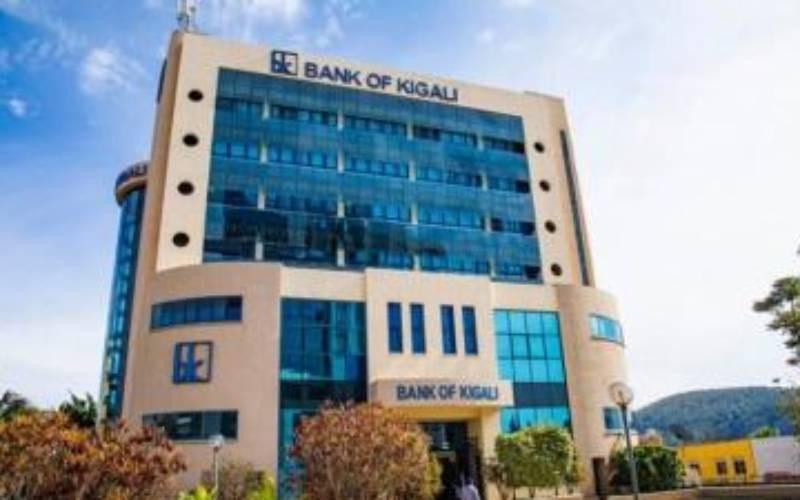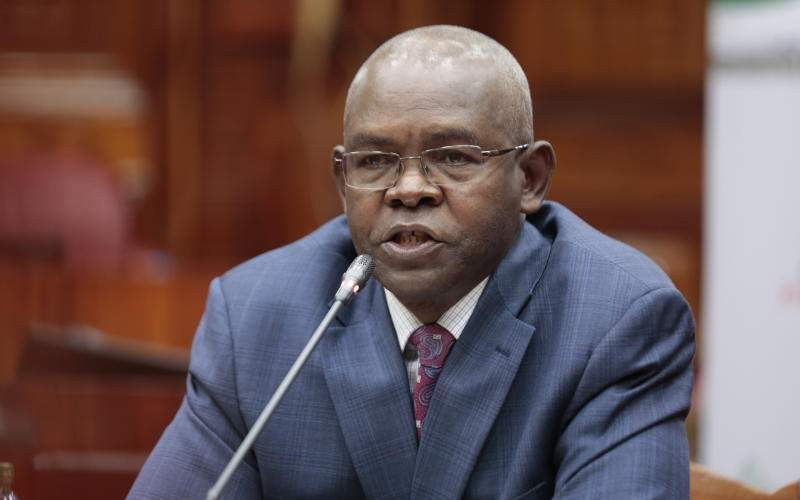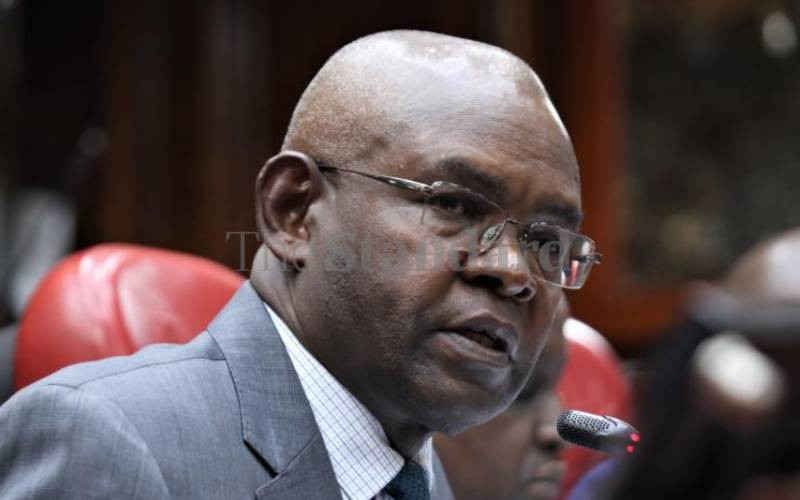Central Bank of Kenya (CBK) said yesterday it planned to mop up Sh10 billion in excess liquidity from the money market using repurchase agreements.
By mopping up excess liquidity, the Central Bank makes it relatively costlier to hang on to long dollar positions, which partly supports the shilling. At the opening of business the shilling was steady with traders saying they were watching for any action the Central Bank takes during the session to see what direction the shilling would take.
Commercial banks quoted the shilling at 90.75/85 to the dollar, the same as Friday’s close. “There is no demand in the market. The market has been thin, so the moves are not really because of demand or supply,” Sheikh Mehran, head of trading at I&M Bank, said.
“All eyes of course would be on CBK actions. They have been mopping up.” On Friday, the Central Bank mopped up Sh8.65 billion in excess liquidity from the money markets.
Sold dollars
In the past, the Central Bank has also sold dollars in the market whenever traders said the shilling approached 90.50 to the dollar. Most recently, traders said the bank sold dollars on December 30. “With the key 91 level in sight and market macro factors pointing to a softer local currency, we see a greater possibility of Central Bank’s intervention in the coming days,” Commercial Bank of Africa said in its market report.
Traders said they forecast the shilling, which has lost 0.2 per cent versus the dollar so far this year, to trade in the 90.50 to 91.00 range in coming days. Meanwhile, in Uganda the shilling weakened sharply, trading below a key psychological level due to increased dollar demand from commercial banks and importers and traders said the outlook was bearish due to the stronger greenback.
Commercial banks quoted the shilling at 2,798/2,808, weaker than Friday’s close of 2,780/2,790. “Importers are exerting strong demand... and because banks are anticipating a weaker unit they are also taking positions,” said Ahmed Kalule, a trader at Bank of Africa Uganda.
The shilling lost about 9 per cent against the dollar in 2014, with much of the depreciation occurring in the second half of the year, driven by soaring importer demand. During yesterday’s session, the shilling touched 2,800/2,810 to the dollar, a level it last hit in 2011 when it opened trade at 2,815/2,825 to the dollar on Oct.24, according to Thomson Reuters data.
Kalule said the Central Bank was in the market mopping up excess liquidity using repurchase agreements. The bank said in a notice it had mopped up USh332 billion. Over the last several months, the bank has absorbed excess liquidity by raising the cost of holding onto long dollar positions.
Stephen Kaboyo of Alpha Capital Partners said in a market note the shilling’s depreciation was likely to accelerate as corporate firms open for business after the festive season.”—Reuters
 The Standard Group Plc is a
multi-media organization with investments in media platforms spanning newspaper
print operations, television, radio broadcasting, digital and online services. The
Standard Group is recognized as a leading multi-media house in Kenya with a key
influence in matters of national and international interest.
The Standard Group Plc is a
multi-media organization with investments in media platforms spanning newspaper
print operations, television, radio broadcasting, digital and online services. The
Standard Group is recognized as a leading multi-media house in Kenya with a key
influence in matters of national and international interest.
 The Standard Group Plc is a
multi-media organization with investments in media platforms spanning newspaper
print operations, television, radio broadcasting, digital and online services. The
Standard Group is recognized as a leading multi-media house in Kenya with a key
influence in matters of national and international interest.
The Standard Group Plc is a
multi-media organization with investments in media platforms spanning newspaper
print operations, television, radio broadcasting, digital and online services. The
Standard Group is recognized as a leading multi-media house in Kenya with a key
influence in matters of national and international interest.










